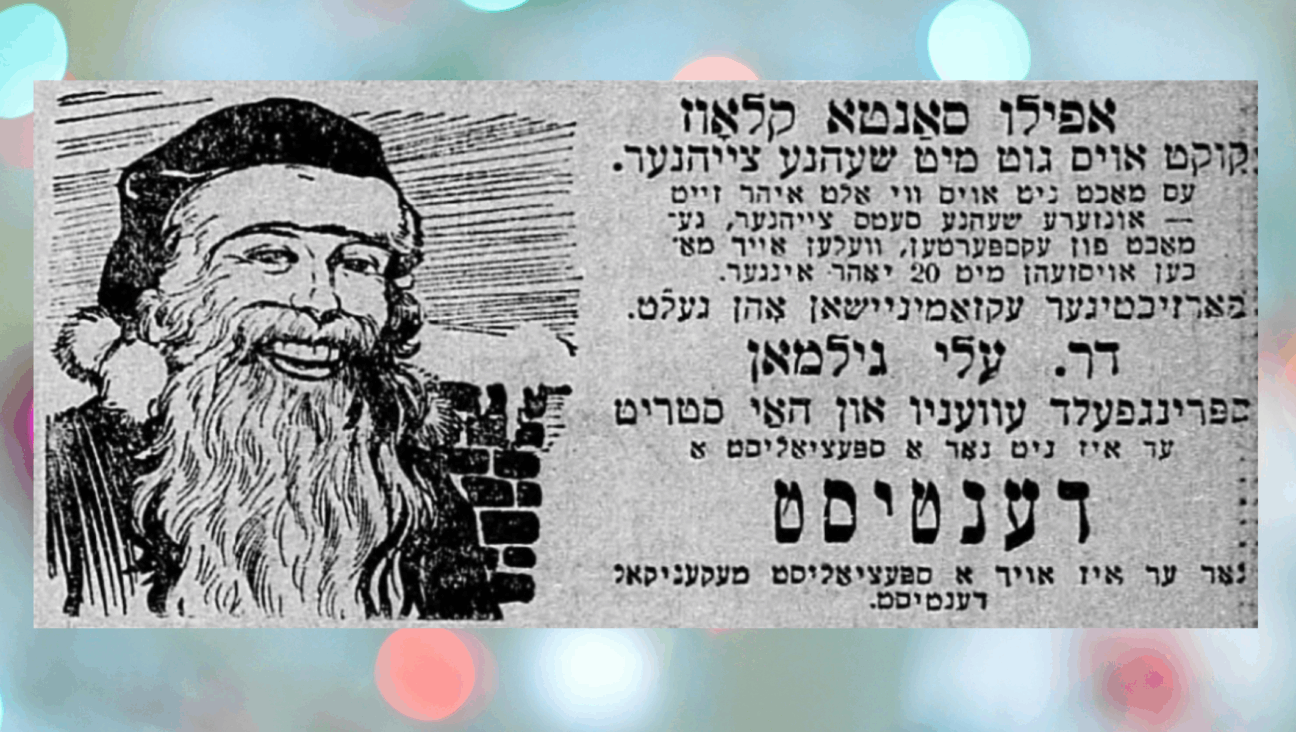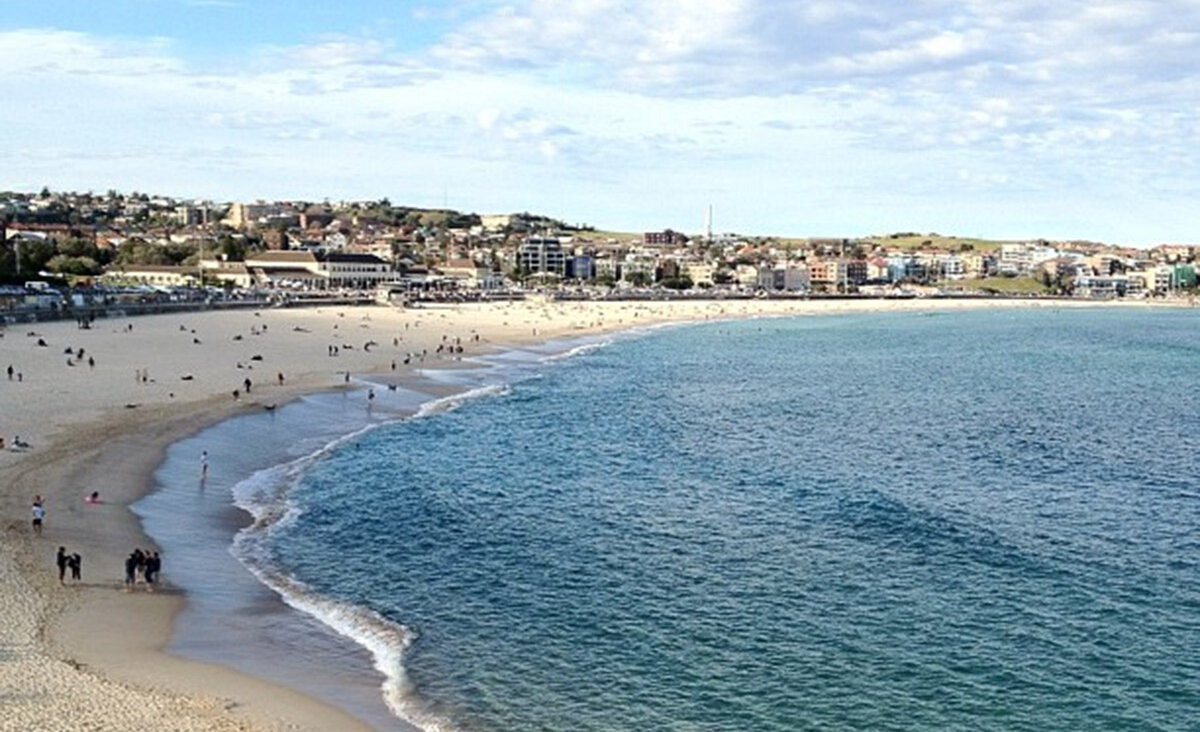Mozart’s Librettist Gets the Stage
An even better Mozart-motivated movie than “Amadeus” has yet to be made. The subject: Wolfgang’s magnificent collaborator, Lorenzo Da Ponte, the libertine librettist of “The Marriage of Figaro,” “Don Giovanni” and “Così fan tutte” — arguably Mozart’s greatest works, and watersheds in the history of music and theater, not to mention humanity. The episodic cinematic epic might be called “The Menace From Venice.”
Da Ponte was not only a brilliant wordsmith with theatrical flair. He was a real “character”: a charismatic enigma of the Enlightenment, an Italian Jew-turned-Catholic priest who gambled and womanized as much as his priapic buddy, Casanova. Raconteur and dandy, Da Ponte left his mark on Venice and Vienna before escaping debtors’ prison in London and fleeing to America, where he spent his final years — which lasted nearly as long as Mozart’s entire life. There he distinguished himself as a tireless promoter of Italian culture.
The highlights of this adventurous life can be gleaned by strolling through an exhibition at Vienna’s Jewish Museum titled Lorenzo Da Ponte — Challenging the New World, on view through September 17. Coinciding with the 250th anniversary of Mozart’s birth, this well-researched romp offers a trajectory of the poet’s rise from ragazzo del ghetto to Columbia University’s first professor of Italian.
The informative journey opens at the end of Da Ponte’s life — with a panoramic view of New York Harbor in 1837. The most daring aspect of Da Ponte’s stay in New York, where he alternately owned a grocery and a bookstore, was his launch in 1833 of the first Italian opera house in the United States (50 years before the Metropolitan Opera), which unfortunately closed one year later because of bankruptcy. Da Ponte died in 1838 at the age of 89.
Now back to the beginning.
Da Ponte doesn’t even give a hint of his Jewish roots in his unreliable memoirs. He was born Emanuele Conegliano in 1749 to tanner Geremia Conegliano and Rachele Pincherle in Ceneda just north of Venice. (The Ceneda ghetto’s Baroque-era synagogue was dismantled in the 1950s and is now on display at the Israel Museum, Jerusalem.) After Da Ponte’s mother died, his father fell in love with a Christian girl and had himself and his three sons baptized. They took the surname of their sponsor, Ceneda’s bishop, Lorenzo Da Ponte. At age 14, Emanuele wrote, or at least signed, a letter admitting Judaism’s failings, on display here, two months before his holy splash.
The renamed Lorenzo entered a seminary and came out a full-fledged abbot. But playing by the rules wasn’t in the cards for Abbè Da Ponte. A born poet, he had a way with words and employed them to seduce women and criticize authority. He became a suave ganavve (to borrow the Judeo-Italian word for “thief”) of married women, sometimes several at a time, a habit that eventually got him booted from Venice in 1779.
In Dresden he aspired to be a court poet, but when that didn’t materialize he headed for Vienna in 1781, armed with a letter of recommendation from its court composer, Antonio Salieri. His timing couldn’t have been better. Emperor Joseph II wanted Italian opera, and the resourceful Venetian nabbed a position at the Burgtheater. Soon he was knocking out librettos though his first opera with Salieri was a flop.
Two years later, Da Ponte and Mozart finally came face to face at a soiree thrown by Baron Raimund Wetzlar von Plankenstern, another converted Jew. Herbert Lachmayer, director of Vienna’s Da Ponte Institute, doesn’t mince words about Da Ponte and Mozart’s eventual collaboration. “Without Da Ponte, Mozart would not be Mozart,” he told me . “He understood from the start what Mozart needed. He gave Mozart a chance to invent individualities which have never vanished from the theater of our minds.” Playing second fiddle wasn’t how Da Ponte saw it, either. “Why did Mozart refuse to set music to ‘Don Giovanni’ by Bertatti?” he wrote in his memoirs. “Why did he insist upon having a book written by me on the same subject, and not by any other dramatist? Shall I tell you why? Because he knew very well that the success of an opera depends, first of all, on the poet! And that a composer can never do a perfectly effective, dramatic job unless animated by the words of a poet.”
Indeed, Da Ponte’s words were spontaneous, clever, wise, humorous, poignant, percolating with double entendres, while being psychologically and dramatically apt. When I asked curator Werner Hanak how Da Ponte pulled this off, he said, “He was really more of a Venetian street improviser than a starchy theater poet.”
Da Ponte was so successful that at one point, he had six shows running in Vienna during one year. But once the emperor and Mozart died, Da Ponte was coerced to leave the Hapsburg capital, triggered by intrigues set into motion by the ever-jealous and calculating Salieri.
The final part of the exhibition shows what happened to Mozart and Da Ponte during the Nazi era. Mozart was fully “Aryanized” as a Germanic genius, while Da Ponte, whose name gave no clue to his Jewishness (though he was included in the “Lexicon of Jews in Music”), was either swept under the carpet or outright denigrated.
For example, in a Nazi-period Mozart biography, Da Ponte was described as having “an unreliable pseudo-poet nature, a dark personality through and through.” And in a 1943 film about Mozart, there’s a scene of the composer working on “Figaro” with a librettist, who turns out to be named Suessmayer, not Da Ponte.
But Da Ponte’s name lives on, forever yoked to Mozart’s three masterworks of opera buffa. Poet, lover, entrepreneur, impresario and professor, this Diasporic dynamo continues to be a beguiling paragon of self-invention.
Robert Hilferty is a writer living in New York.
















